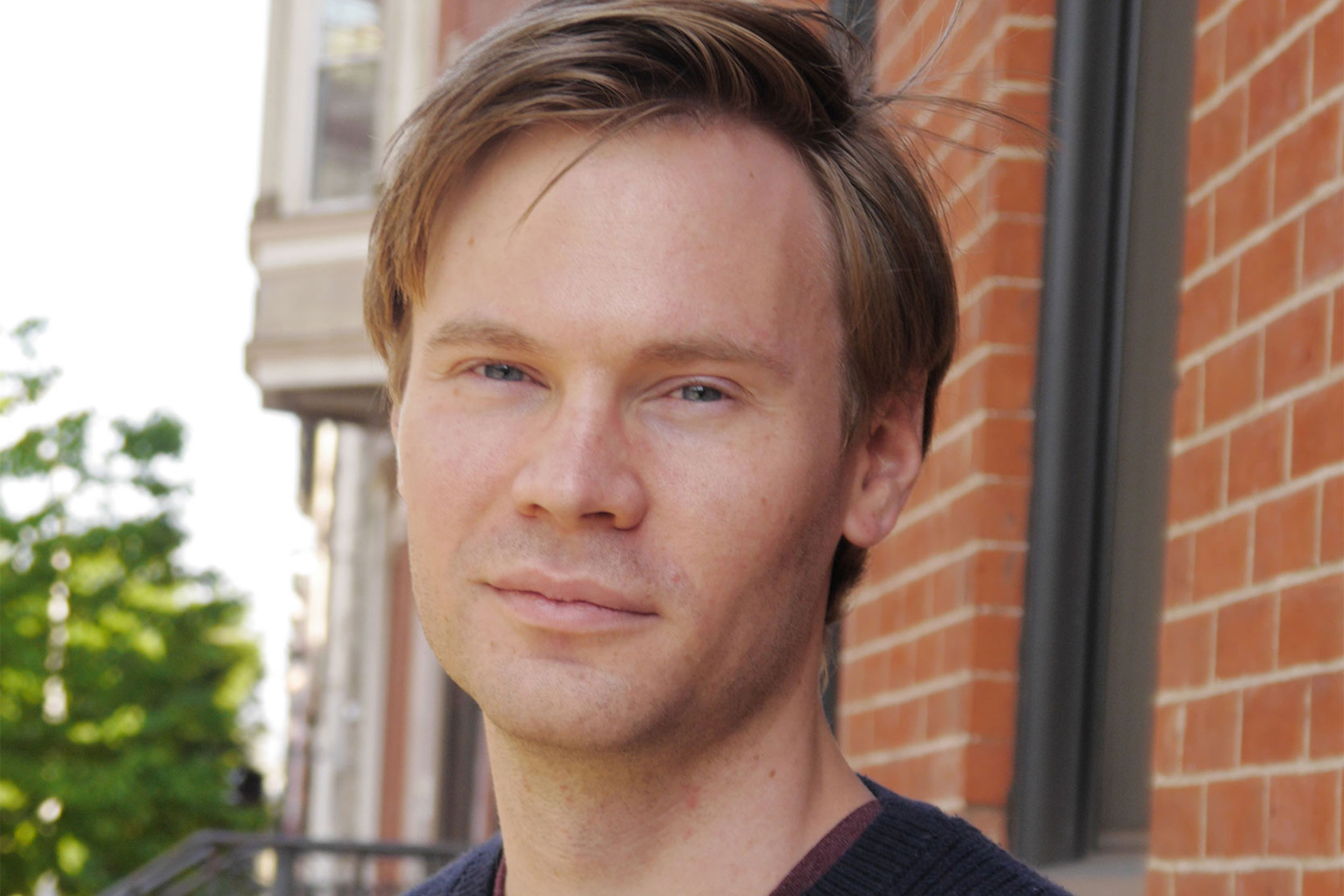
How schools teach children about their social station
Sociologist Peter Francis Harvey embedded with students at private upper-middle-class, public working-class schools to explore implicit lessons
Their eyes filled with tears, their mouths with accusations after losing a game of European handball.
The fourth- and fifth-graders were so upset that they soon received counsel from a gym teacher. “You need to accept that this is how it goes, and not just say that they cheated,” he told them.
“But they were cheating!” burst out one of the students.
According to sociologist Peter Francis Harvey, losing that game countered everything these mostly upper-middle-class children understood about themselves and their station in the world. “It had to be that the rules were unfair, someone was biased, somebody cheated them, the game was poorly constructed,” Harvey said.
Harvey, a postdoctoral fellow with Harvard’s Inequality in American Initiative, embedded for two years at this racially diverse upper-middle-class private school, where he documented dozens of everyday episodes like the handball defeat. Another year was spent with a racially diverse set of fourth-graders in a working-class public district. A new piece by Harvey in the June issue of the American Sociological Review examines how these very different learning environments taught children their social station.
Overall, Harvey writes, children at the upper-middle-class school — assigned the pseudonym “Truman Academy” — were taught to see themselves as “always-already special” due to internal qualities. At the working-class school, which Harvey calls “Brighton Elementary,” children were taught to see themselves as “conditionally good” if adhering to external rules. The fourth-grade teacher even posted a behavioral chart to track each student through the course of the day.
Harvey’s paper goes on to unpack three components of social station and how they differed at the schools. The first, what he calls “relative identity,” pertains to the child’s status in relation to others. Past generations at schools like Truman may have viewed themselves in relation to family connections and breeding. According to the 2012 book “Privilege” by Princeton sociologist Shamus Khan, that worldview shifted in the 2000s. Khan’s work examined how the more diverse student body at one elite boarding school now saw themselves in meritocratic terms — the best of the best.
What Harvey found at Truman in the late 2010s was that lessons on racial and ethnic diversity had been incorporated into the “already-always special” ethos. Students formally studied racial and gender inequality, but these lessons were just as useful in constructing individual identities. “They took these bits of identity as bases of distinction,” Harvey said.
Diversity and structural racism were downplayed by the all-white teaching staff at Brighton, where a more community-minded character was nonetheless observed. “They did things like bring in canned goods for the food bank,” said Harvey, who added that he didn’t see much charity at Truman.
What’s more, Harvey’s paper details Brighton children happily engaged with group work. This wasn’t the case at Truman, where students struggled to engage harmoniously in collaborative activities.

Divergent approaches to discipline illustrate “moral worth,” the second component of social station. As Harvey defined it: “Do you see yourself as having legitimacy that carries across situations? Do you see yourself as having some kind of indelible merit?”
At Truman, student behavior was never labeled as “bad.” The predominant form of discipline was termed “take-a-break,” involving a self-directed pause at the back of the classroom, framed by teachers as an opportunity to regain focus. “Discipline was not about rewarding or punishing good or bad behavior,” Harvey offered, “but about re-centering the self.” In other words, discipline was neutral or even affirming of the child’s intrinsic moral worth.
At Brighton, teachers regularly updated a highly visible chart tracking behavior — not achievement — with compliant conduct earning tickets tradeable for prizes. Each child started the day in the neutral zone. Behavior labeled as “bad” frequently brought fines, with the teacher simply shredding tickets accrued. “The eradication of rewards for previous good behavior highlights the contingency of children’s moral worth,” Harvey noted when presenting the paper at a recent Dean’s Symposium on Social Science Innovations. “Yesterday’s merits do not discount today’s failings.”
Finally, “situated prospects” refers to the children’s agency and how they see their futures. Truman kids were taught that the world is pliable, Harvey said. They were carefree and confident about their prospects, even while remaining vague on specifics. On the other hand, Brighton kids learned the world is hard — a teacher even advised a group of fourth-grade girls to pick stable careers in case of divorce.
“At Truman,” Harvey summarized, “through an attempt to build up students, perhaps they build them up too far. At Brighton, in an attempt to keep kids in line, perhaps they knock them down.”
Harvey’s paper notes variations by gender and race. Girls and particularly Asian American girls at Truman were frequently singled out and encouraged to assume more confidence. At Brighton, teachers subjected Black students and those from poor families to more degrading forms of discrimination, including harsher discipline.
Harvey is planning to write additional papers and even a book delving further into his ethnographic observations and in-depth interviews with members of both school communities.
But this long-term project is not about inept teachers or poorly run schools, he insisted. It’s about elucidating widespread patterns in light of increased school segregation by class as well as the ability of the affluent to adapt and even exploit shifting cultural norms. Likewise, the paper is a must-read for those seeking to understand the roots of upper-middle-class entitlement and fragility.
“What I’m pushing back against,” Harvey said, “is the idea that the privileged are doing better than the working classes.”




